
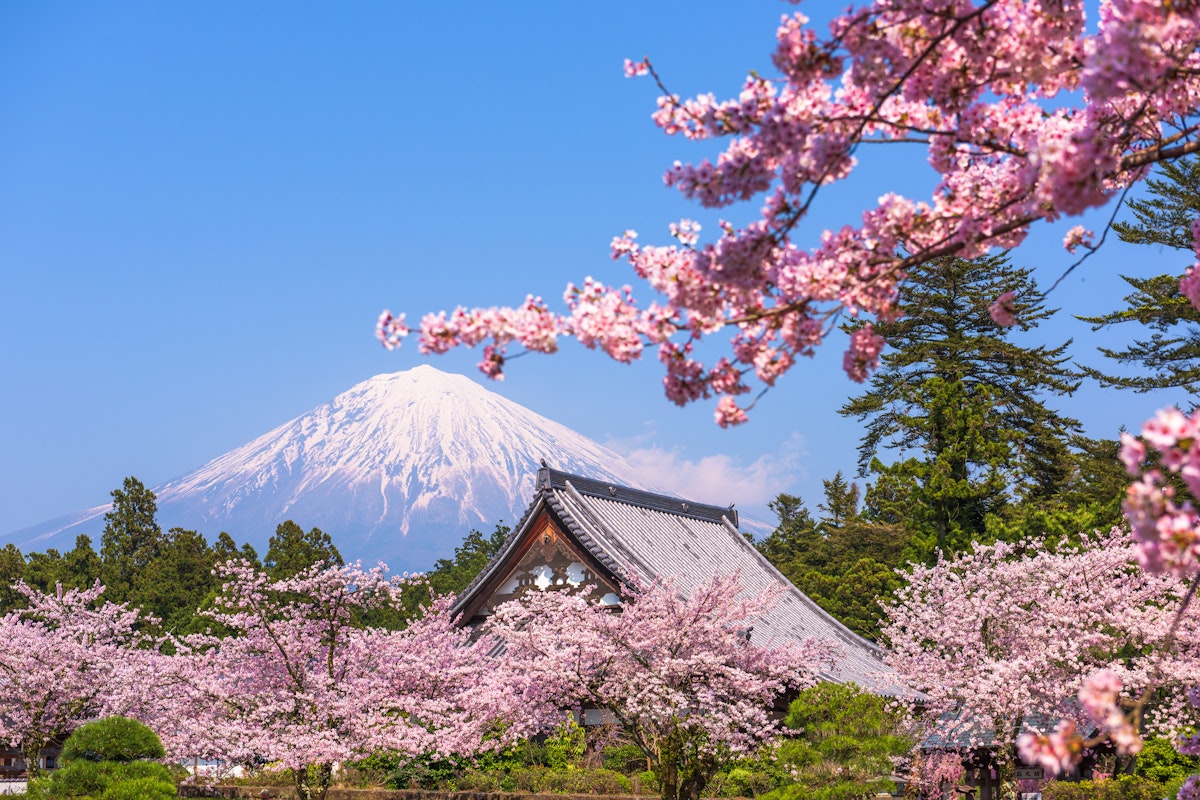
在东京和京都的繁华大都市之间,静冈县让您沉浸在日本丰富的文化和自然美景中。这个县拥有风景如画的茶园、历史遗迹和富士山的壮丽景色,是那些希望探索日本宁静一面的人的理想目的地。
无论是欣赏春天的樱花,还是一边啜饮绿茶一边欣赏太平洋美景,静冈县都是您度过难忘日本之旅的理想场所。本指南将揭示最佳游览地点、如何到达那里,以及为什么该地区值得在您的日本旅行行程中占有一席之地。
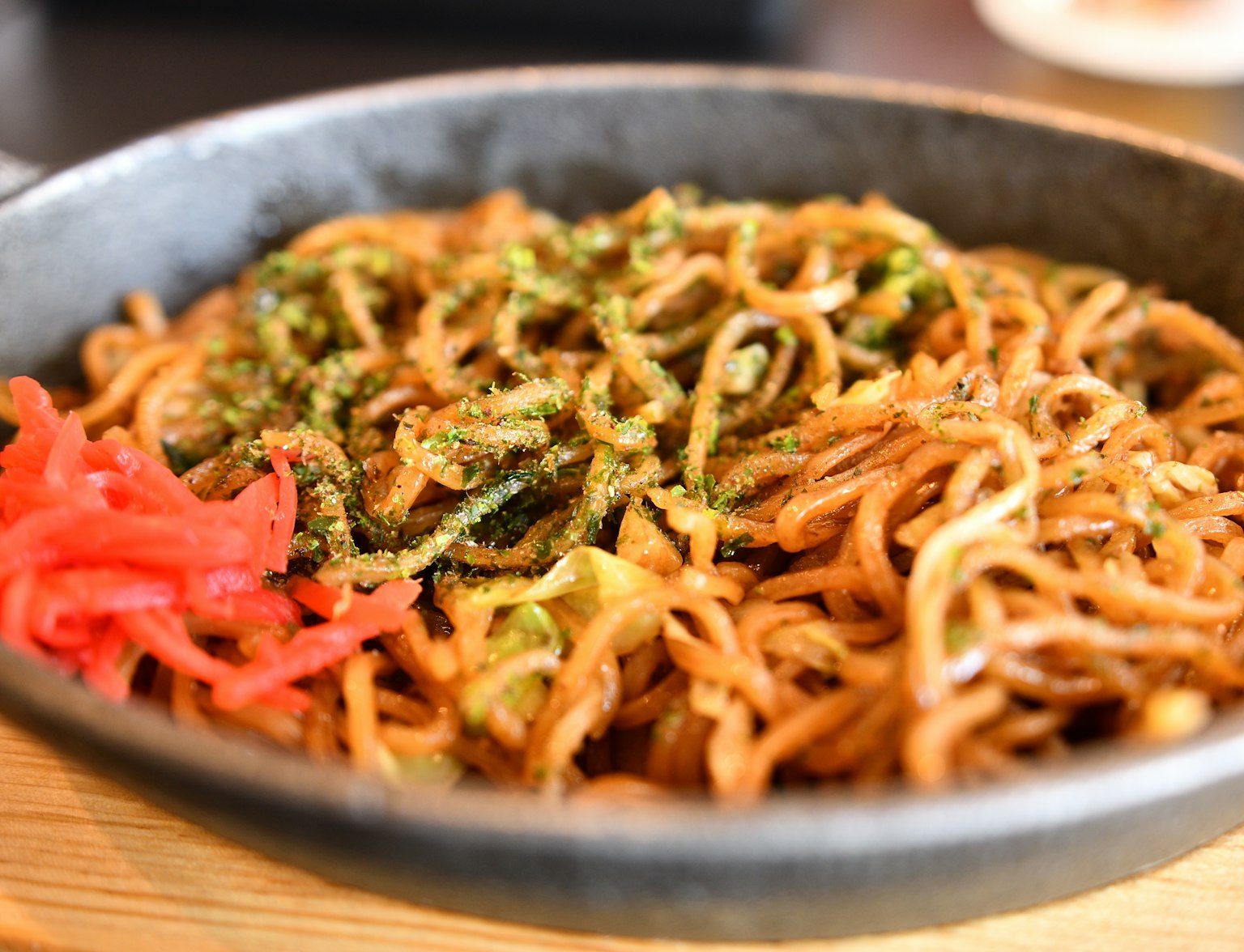
探索富士市吉原区的美食和文化奇观。
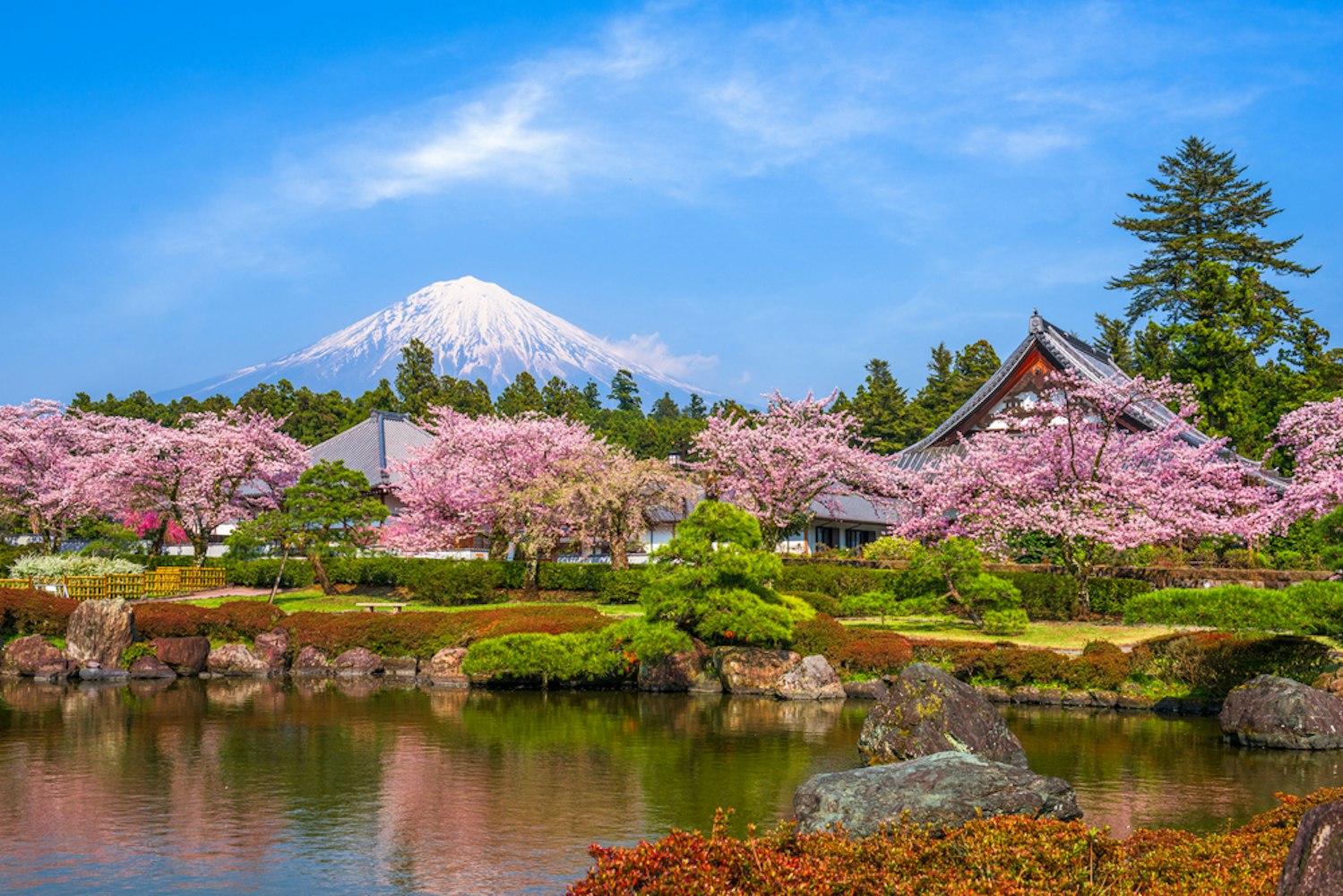
位于太平洋沿岸,静冈县经常被关注东京、大阪和京都等日本主要城市的旅行者所忽视。然而,这个地区提供了历史、文化和自然美景的独特融合,可与日本的任何其他目的地相媲美。
静冈以其绿茶种植、令人惊叹的富士山景观以及充满活力的美食而闻名,其中包括樱花 ebi 等特色菜和附近水域的新鲜海鲜。该县的首府静冈市是一个充满活力的中心,将现代便利设施与传统日本魅力相结合。
在这里,您可以参观骏府城,这是一座历史悠久的堡垒,在日本德川时代发挥了重要作用。周围的茶田也使静冈成为任何茶爱好者的必游之地。
静冈全年气候温和,无论您是在 4 月的盛开季节还是 9 月至 12 月的凉爽月份游览,静冈都是一个理想的目的地。
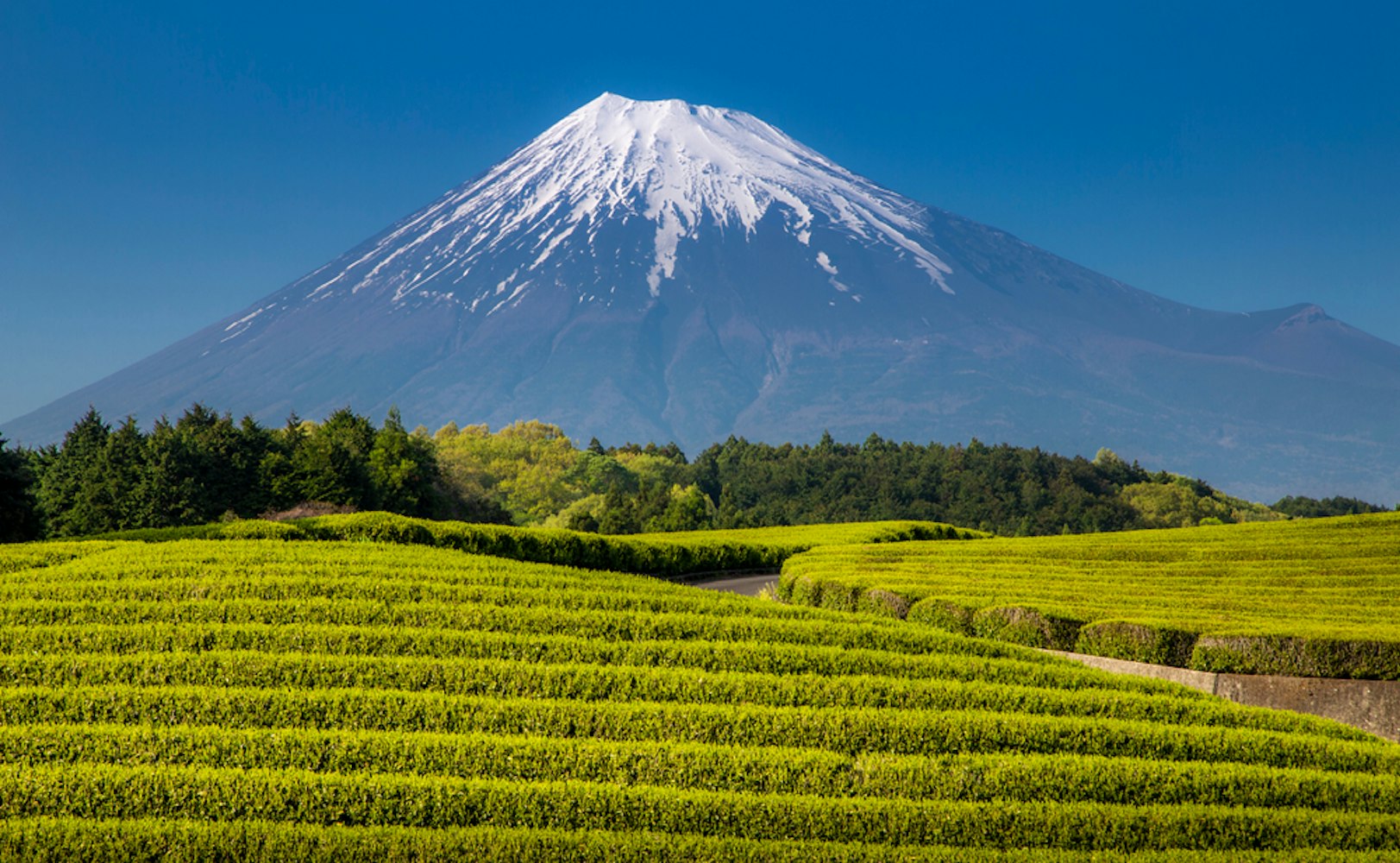
如果没有体验过 Shizuoka 的壮丽景色,那么静冈之旅就不完整富士山,尤其是该地区著名的郁郁葱葱的茶园。静冈县是日本最著名的绿茶生产地,供应了该国约 40% 的茶叶。
连绵起伏的茶田以雄伟的富士山为背景,营造出宁静而标志性的景观,一年四季都吸引着游客。静冈的许多茶园都提供带导游的游览,在此期间,游客可以采摘茶叶、品尝新鲜的啤酒,甚至享用茶叶天妇罗。
小渊笹场以其一览无余的富士山景色而闻名,使其成为寻求自然美景和正宗茶体验的旅行者最喜欢的目的地。

准备好在静冈进行一次难忘的自行车冒险吧!
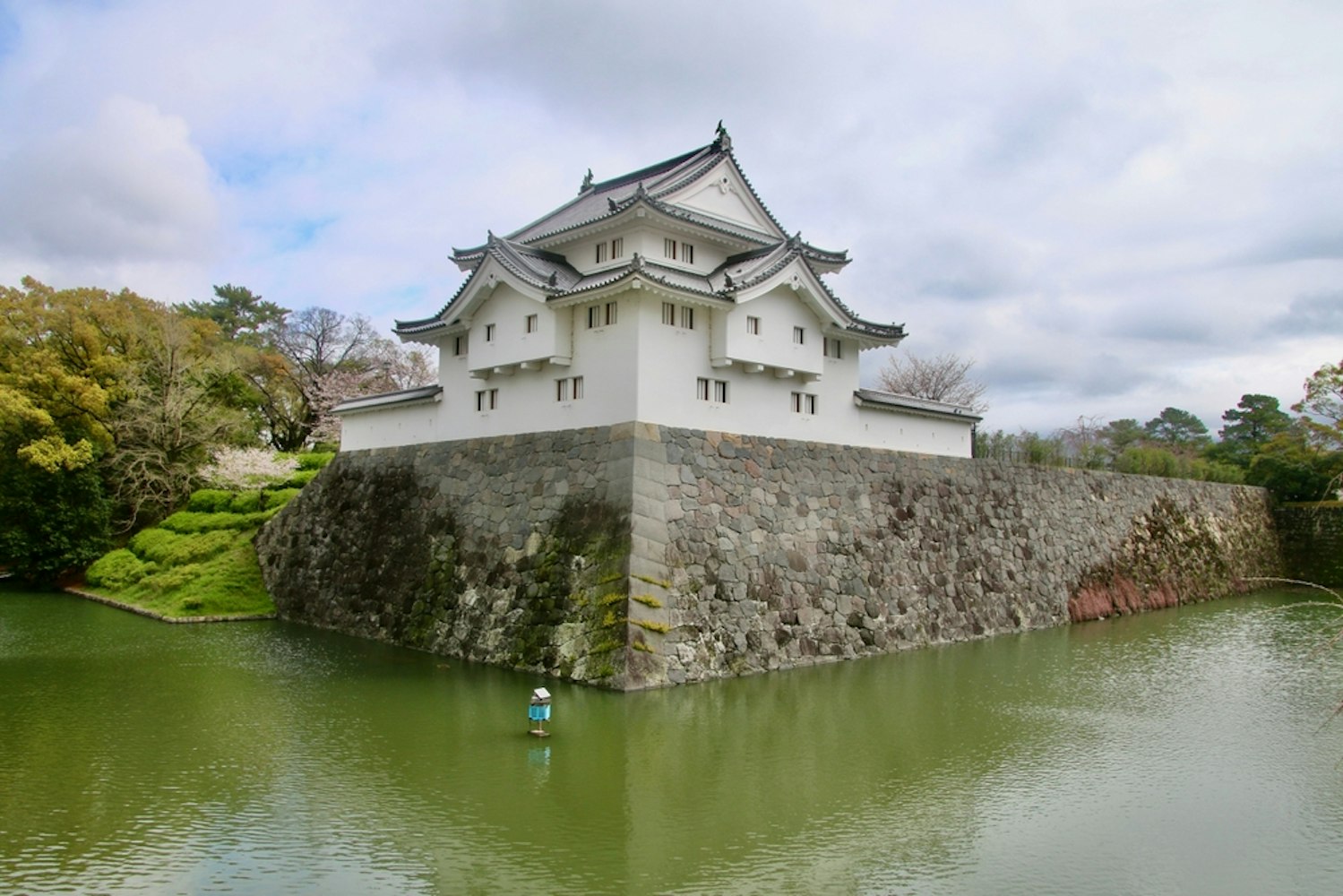
骏府城,位于静冈市,作为德川幕府第一任幕府将军和创始人德川家康的退休住宅,在日本具有重要的历史价值。这座城堡最初建于 1585 年,在家康辞去幕府将军的职务并将头衔传给儿子后,它在家康的政治生活中发挥了至关重要的作用。
这座城堡于 1607 年被烧毁,后来重建,但在明治维新期间,大部分原始结构丢失了,导致了我们今天看到的剩余废墟。尽管进行了重建,但骏府城公园为游客提供了步行穿过场地的机会,查看修复的部分,并探索捕捉日本封建历史的历史炮塔。
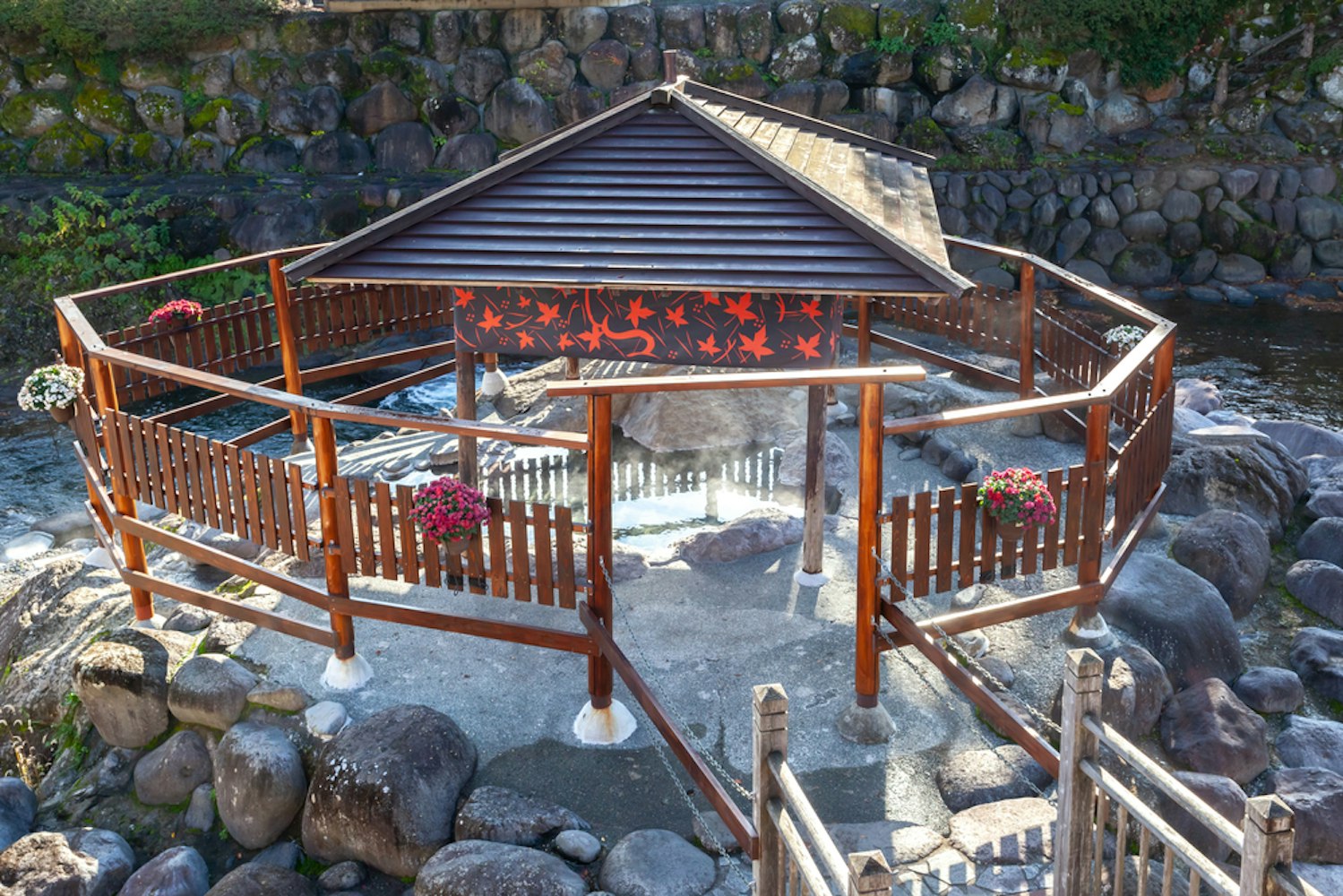
这伊豆半岛位于静冈县以东,以其迷人的海岸线和舒缓的温泉(温泉)而闻名。修善寺、土井和堂岛等受欢迎的温泉小镇提供富含矿物质的治疗性温泉,并享有太平洋和日本最深海湾骏河湾的壮丽景色。
游客经常在这些传统的温泉度假村中找到宁静,周围环绕着郁郁葱葱的景观和山区地形。此外,半岛上点缀着宁静的神社,如修善寺,为人们提供了远离城市生活的宁静休憩之所,并为该地区的自然美景增添了精神层面。
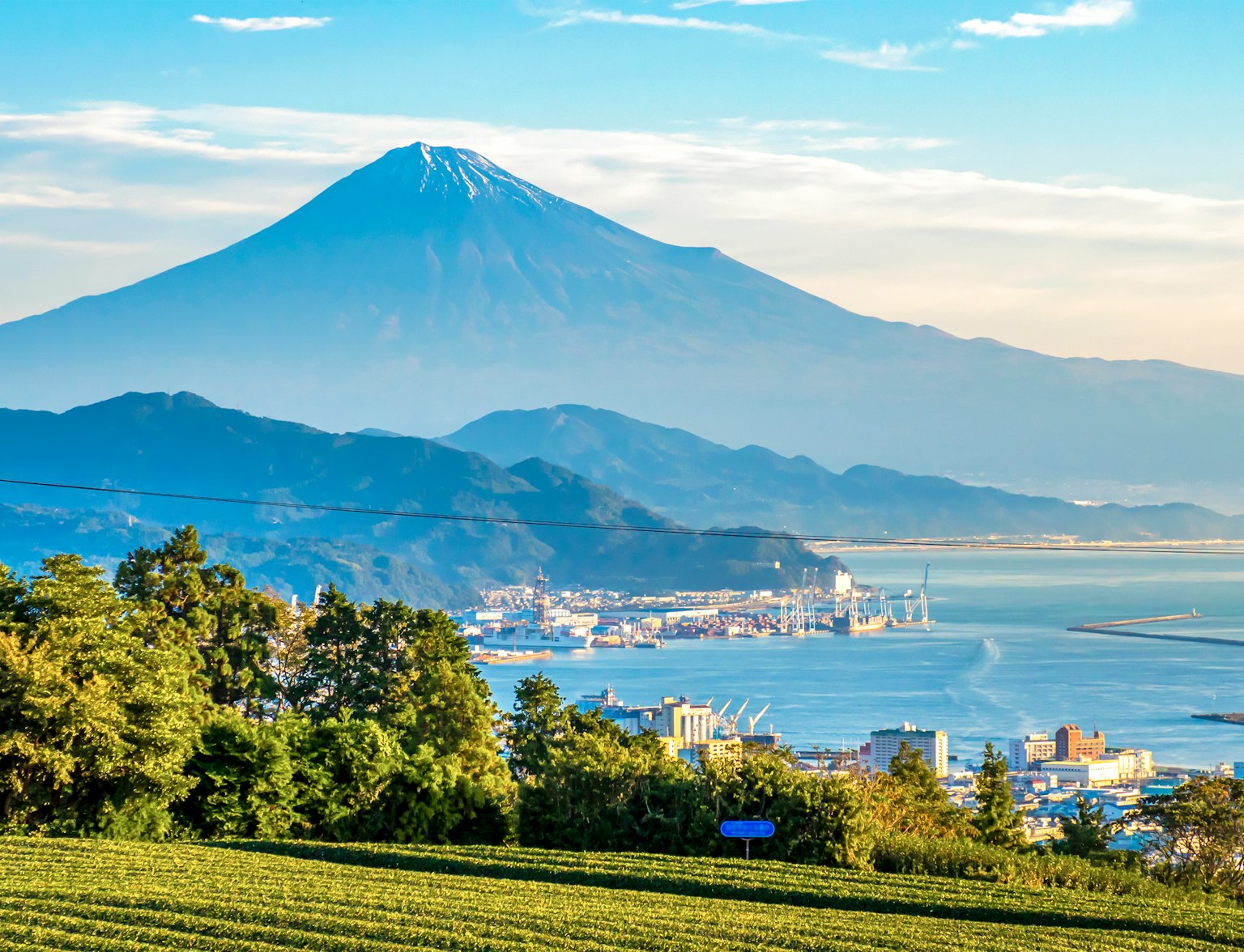
踏上穿越清水最迷人目的地的非凡旅程。
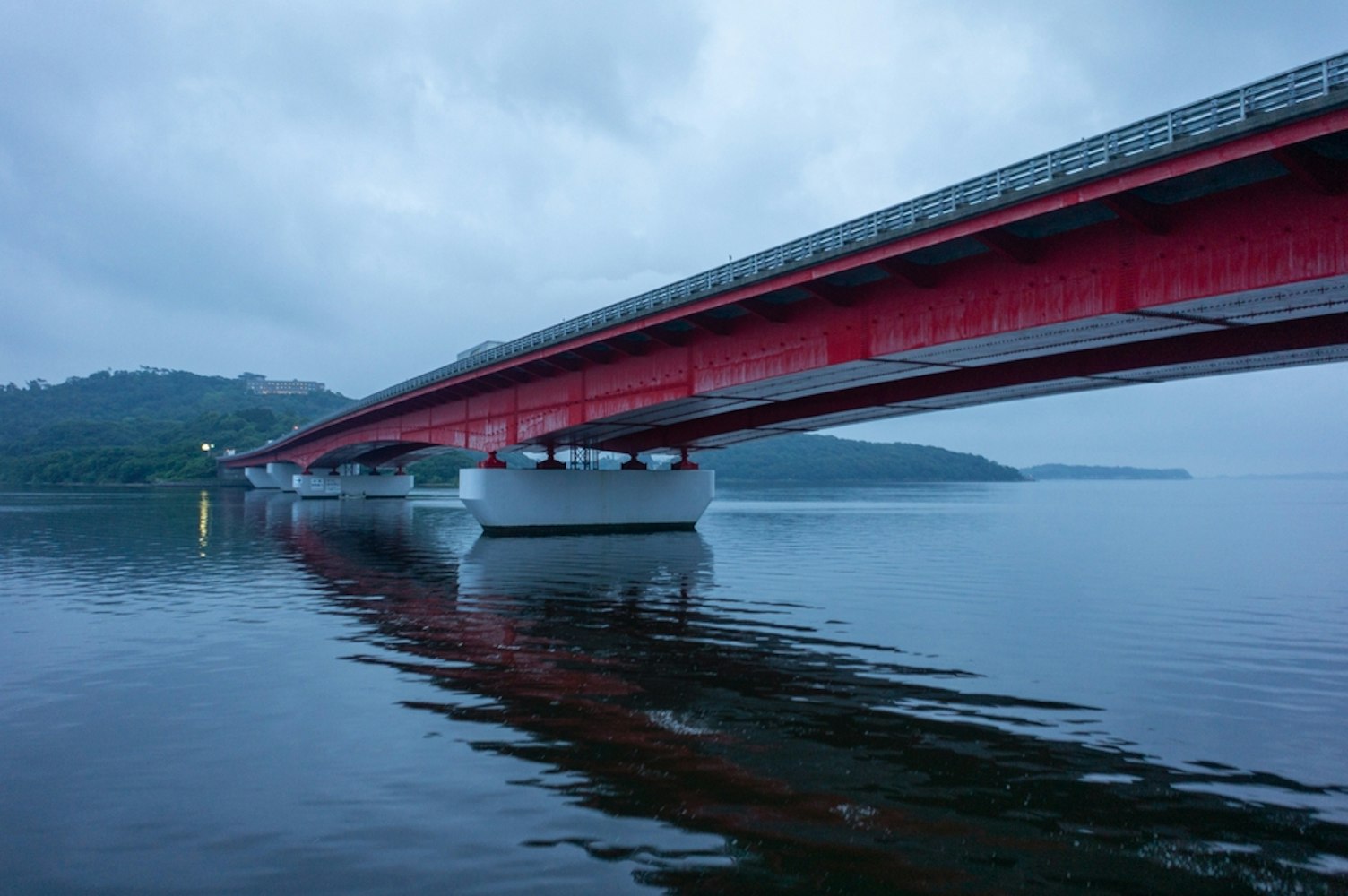
滨松市位于静冈市以西,以其对音乐和工业的双重贡献而闻名。它赢得了“音乐之城”的绰号,因为它是雅马哈、河合和罗兰等主要乐器制造商的发源地。
它巩固了其作为全球音乐创新中心的地位。滨名湖就在城外,以其风景秀丽而闻名,是日本鳗鱼 (unagi) 养殖业的发源地。
游客可以在湖上悠闲地乘船游览,品尝著名的鳗鱼菜肴,这些菜肴采用百年历史的技术烹制而成,使滨松成为美食目的地。
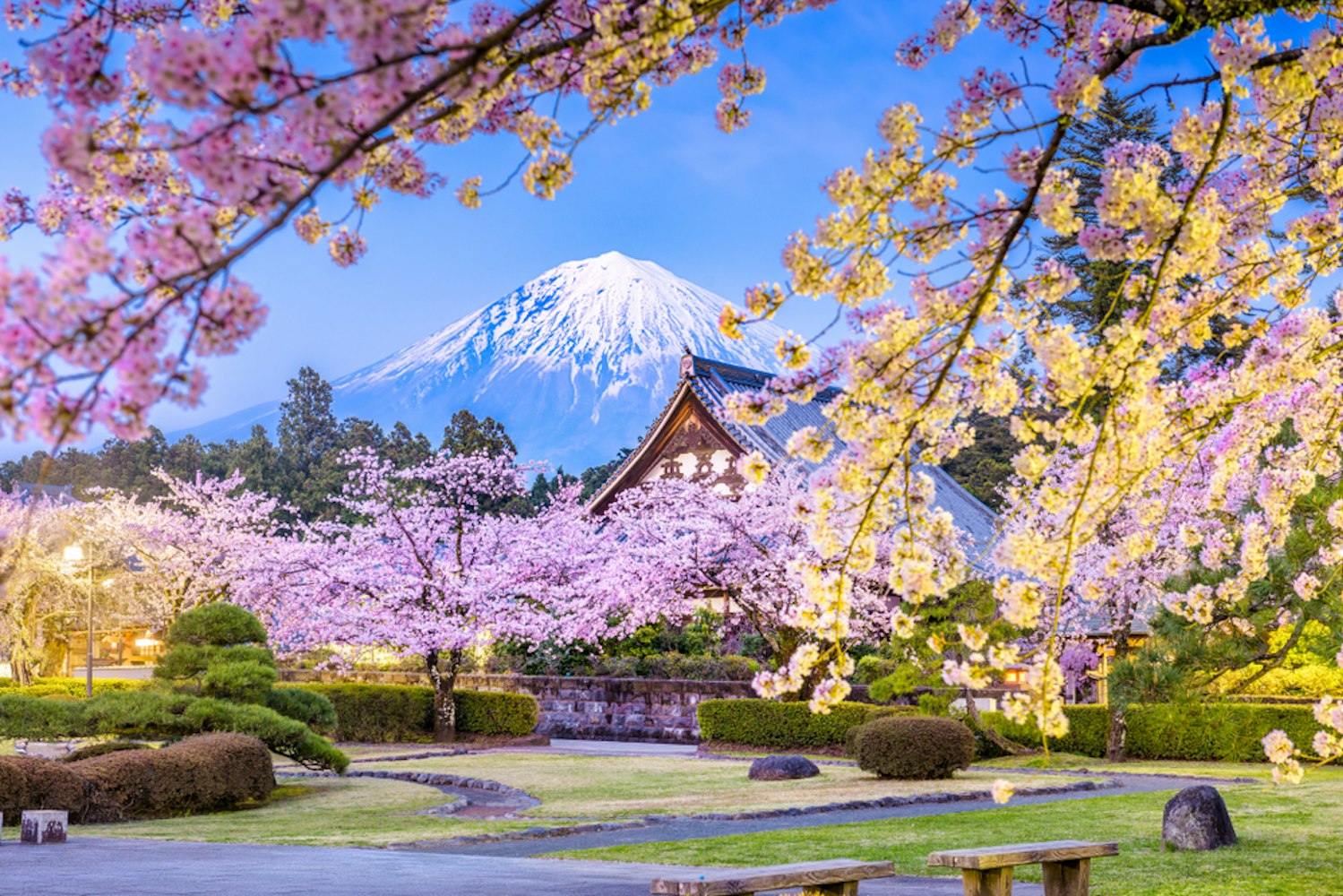
如果您在春天访问静冈,通常是从 3 月下旬到 4 月上旬,您会看到盛开的樱花 (sakura) 的迷人景象。见证这些娇嫩粉红色花朵的一些最佳地点包括 Miho no Matsubara、富士山的壮丽景色以及以其充满活力的樱花展示而闻名的热海城场地。
静冈的公园和神社,例如松普公园在静冈市,已成为风景如画的赏花地点,这是一种在盛开的树木下进行的传统日本野餐。这种转瞬即逝的美景吸引了日本和世界各地的游客,营造出与该地区繁华景点形成鲜明对比的宁静氛围。
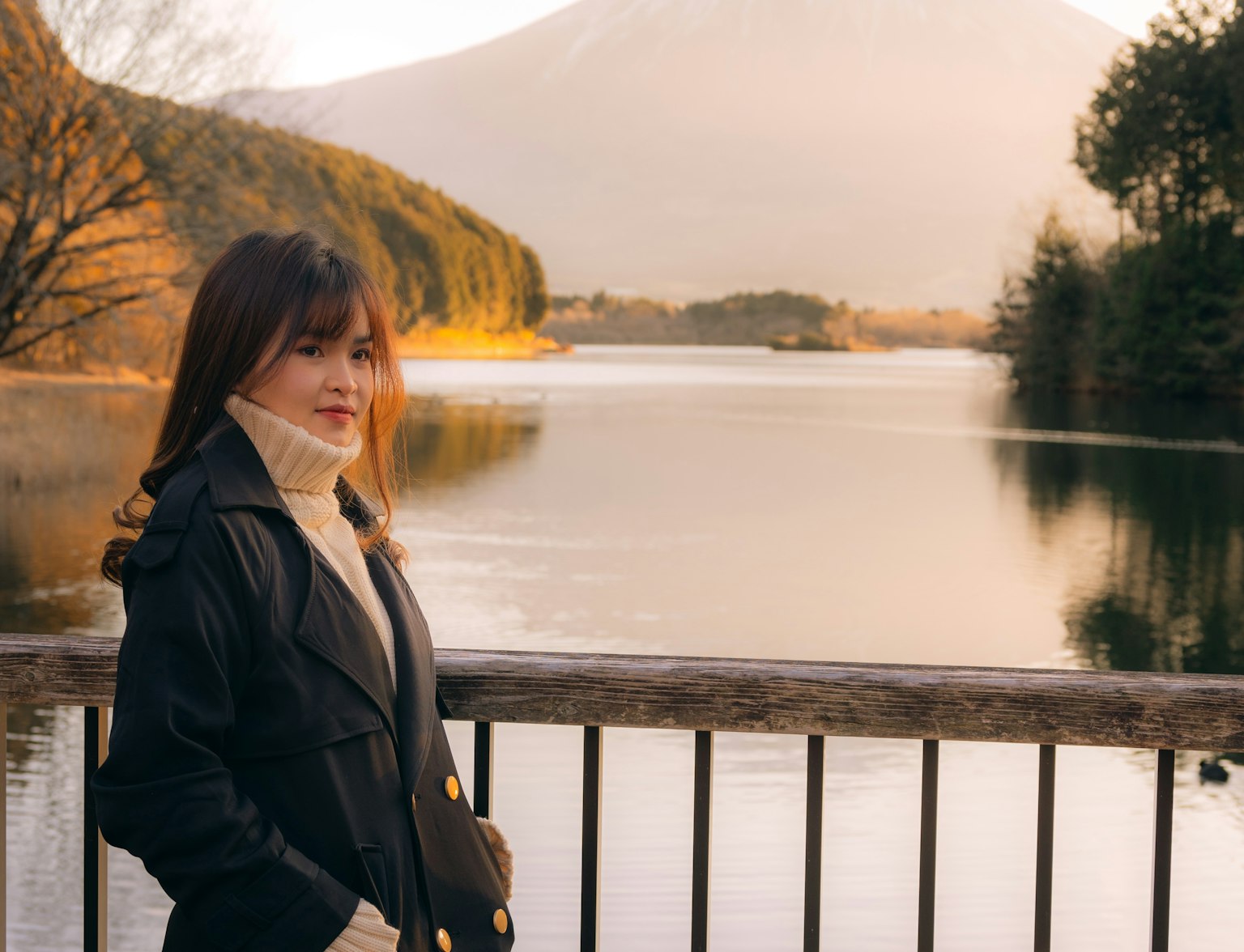
在从静冈出发的 6 小时游览中体验富士山的迷人美景。
得益于日本高效的交通系统,到达静冈既方便又快捷。前往静冈县最简单的方式是乘坐新干线(新干线),它将东京、京都和大阪等主要城市与静冈连接起来。
从东京到静冈站的旅程大约需要一个小时,是一日游或周末度假的完美目的地。静冈站是该县的主要交通枢纽,可轻松前往所有主要景点。
如果您从京都出发,行程同样方便,乘坐新干线大约需要两个小时。乘坐火车或巴士也可以轻松抵达伊豆半岛和滨松市,适合希望探索该地区更多地区的旅客。
精心策划的静冈之旅是无缝的,无论您是从东部还是西部抵达。
静冈县可能是日本保存最完好的秘密之一,但它是一个应该引起注意的目的地。该地区拥有丰富的历史、富士山的壮丽景色、广阔的茶园以及樱花 ebi 和新鲜海鲜等美食,提供无与伦比的旅行体验。
无论是探索文化遗址静冈市,泡在伊豆半岛的温泉中,或见证四月盛开的樱花,静冈总有一款适合每个人。因此,下次您计划在东京和京都之间旅行时,请将静冈添加到您的行程中,以难忘的方式品尝日本的自然和文化宝藏。

乘坐我们时尚的混合动力自行车探索静冈的风景奇观。
静冈为什么出名?
太平洋沿岸城市静冈位于东京和名古屋之间历史悠久的东海道路线上的骏河湾沿线,以日本领先的茶叶和金枪鱼供应商而闻名。
从东京到静冈的子弹头列车费用是多少?
从东京到静冈的最佳方式是乘坐火车,车程 1 小时 17 分钟,费用约为 5,200 至 8,200 日元。
静冈以什么食物而闻名?
静冈县以生产各种农业、林业和渔业产品而闻名,包括一些日本最好的绿茶、橘子、温室甜瓜、芥末、鲣鱼、金枪鱼、樱花虾和沙丁鱼——这只是其令人印象深刻的 1,140 多种产品目录中的几个亮点。
哪个季节最适合静冈?
夏季是静冈观光的理想季节,这里有充满活力的季节性活动,如海滩游泳和令人眼花缭乱的烟花节,捕捉了该地区的精神。
静冈县有温泉吗?
稻取温泉坐落在东海岸的海角上,可以欣赏到壮丽的海景,并有机会体验吊娃娃节等文化传统。



